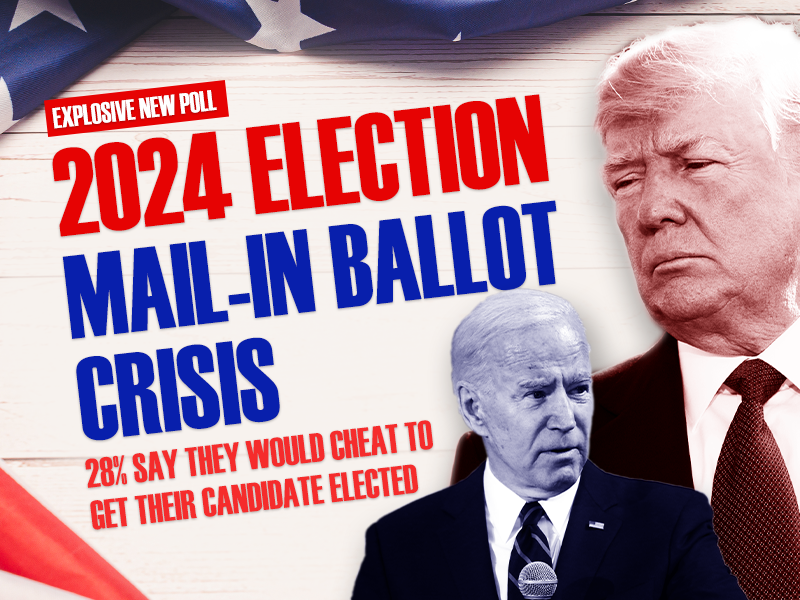The federal government continues to spend money like a drunken sailor who just won the Powerball jackpot.
According to the Congressional Budget Office, “The federal budget deficit was $358 billion in the first quarter of fiscal year 2020 … $39 billion more than the deficit recorded during the same period last year.”
Even more shocking, the CBO notes the $358 billion deficit occurred as tax revenue increased by 5% during the first quarter of fiscal 2020. The reason for the ballooning deficit is quite simple: Although the government took in 5% more in taxes, it increased spending by 7% during the same period.
The U.S. national debt now exceeds $23 trillion; the “debt per citizen” is $70,184, and the “debt per taxpayer” is $187,390.
Even worse, the “federal debt-to-GDP ratio” stands at a mind-boggling 107%. For comparison and context, in 2000, the debt-to-GDP ratio was 59.9%. In 1980, the ratio was a stunning 34.5%. Put another way, in just 40 years, the debt-to-GDP ratio has more than tripled. The federal government’s debt now exceeds the annual size of the nation’s economy by almost 7%.
Putting these mind-numbing (and extremely depressing) numbers aside, here is a breakdown of the federal government’s (unbalanced) balance sheet for the first quarter of fiscal 2020. “Receipts totaled $806 billion during the first three months of fiscal year 2020, CBO estimates — $35 billion more than during the same period last year.”
This includes an increase of $29 billion (5% more) in individual income and payroll taxes. In terms of the total federal revenue stream, individual income taxes comprise 50% of all revenue. Payroll taxes, also known as social insurance taxes because they fund Medicare and Social Security, cover 36% of federal government revenue.
In the first quarter of fiscal 2020, there was an $11 billion net increase (up 21%) in corporate income taxes, which supply 7% of total federal revenue. The government also collected an extra $3 billion (up 18%) in tariffs, primarily from Chinese imports. In the total federal revenue pie, these taxes amount to a minuscule 4% of federal revenue.
In sum, on the revenue side of the ledger, tax receipts are up across the board, the recent tax rate reductions notwithstanding. But, as the federal government continues to grab more money from individuals, small businesses, and corporations, it has also increased spending by even more. If Congress, which holds the power of the nation’s purse, had a smidgen of common sense, the exact opposite would be taking place.
Alas, the odds of Congress transforming into a fiscally responsible body seems less likely than cats and dogs joining into a formal alliance.
Social security payments rose by $16 billion (6%). Medicare spending increased by $12 billion (8%). And Medicaid spending grew by $5 billion (5%). Bear in mind, “mandatory” programs comprise 60% of the total budget.
In full, mandatory spending programs (primarily the big three, as indicated above) dwarf discretionary spending (i.e., education, health and human services, housing and urban development, etc.) and the defense budget, combined.
In fiscal 2020, CBO estimates total mandatory spending will be $2.84 trillion. Meanwhile, CBO projects discretionary spending will be $1.43 trillion and defense spending will be $989 billion. Congress will also have to allocate $479 billion to pay for interest on the national debt. Even if the defense budget were cut to $0, the federal government would still run a $100 billion deficit in fiscal 2020.
The moral of the story is that, unless our political leaders address the skyrocketing cost entitlements, our nation’s fiscal future will remain in dire jeopardy. We are hurtling toward a fiscal cliff, and Congress seems intent on nailing the gas pedal to the floorboard.
[Originally Published at The Washington Examiner]





